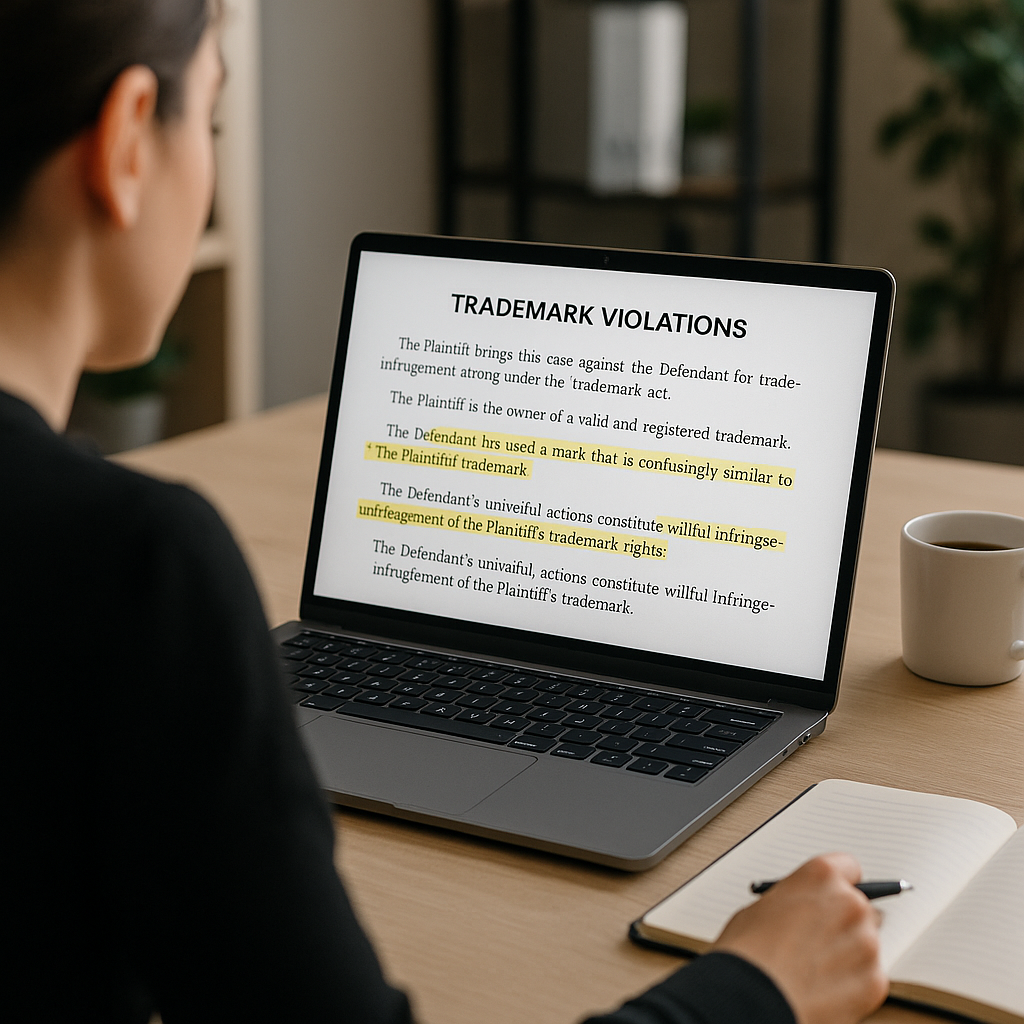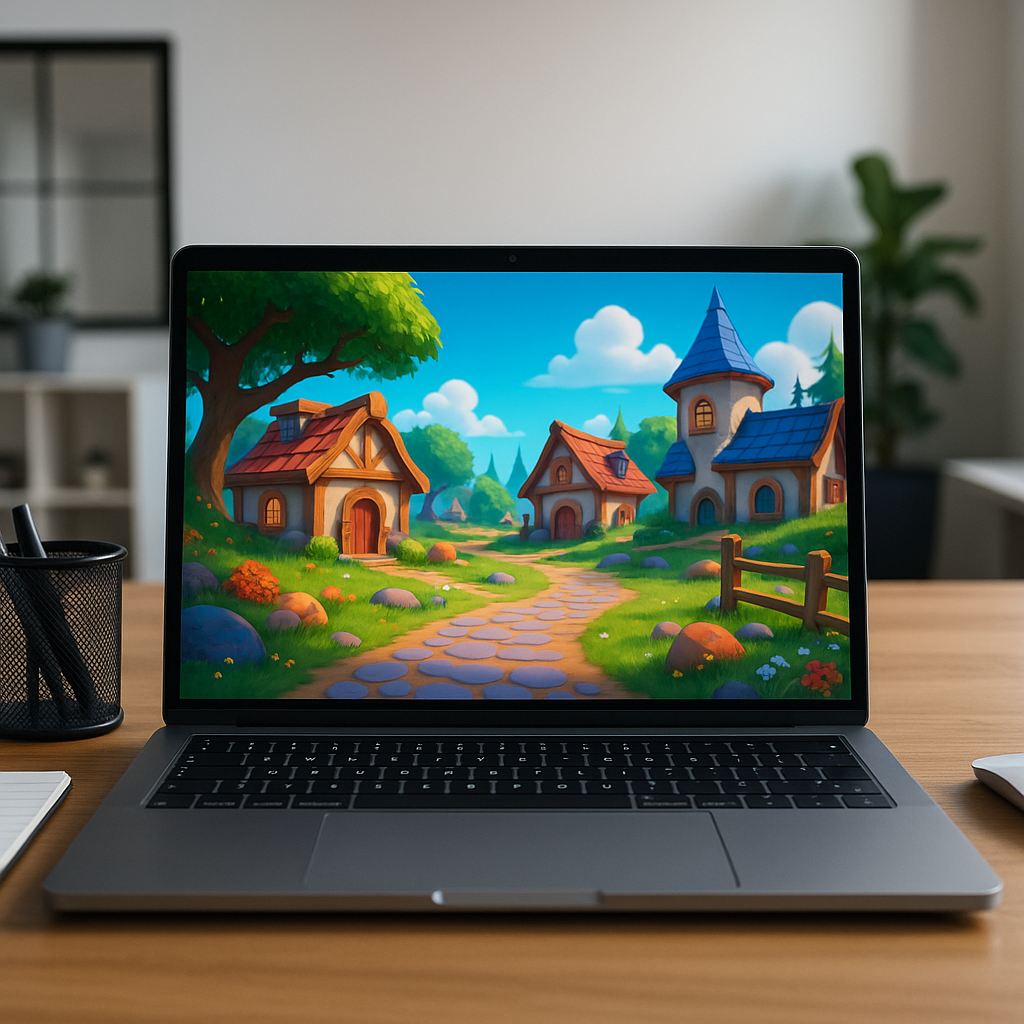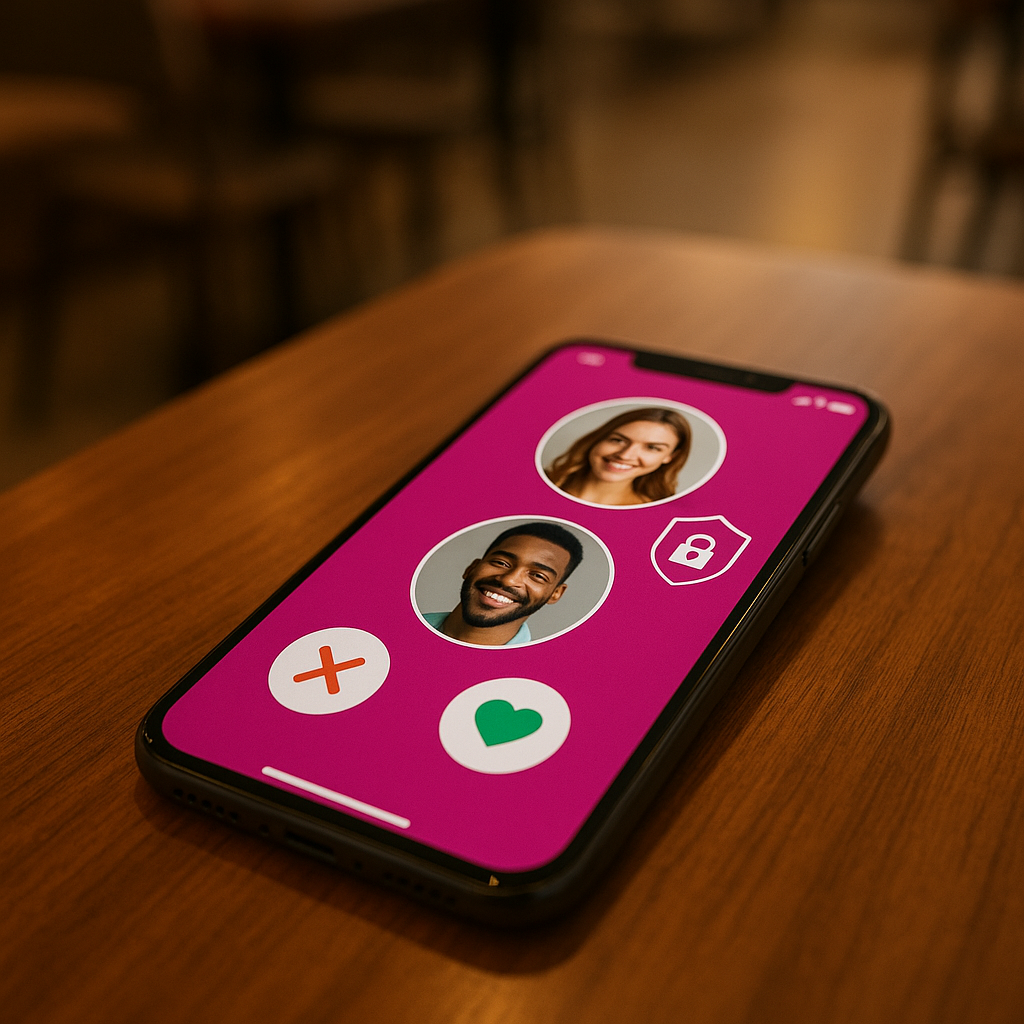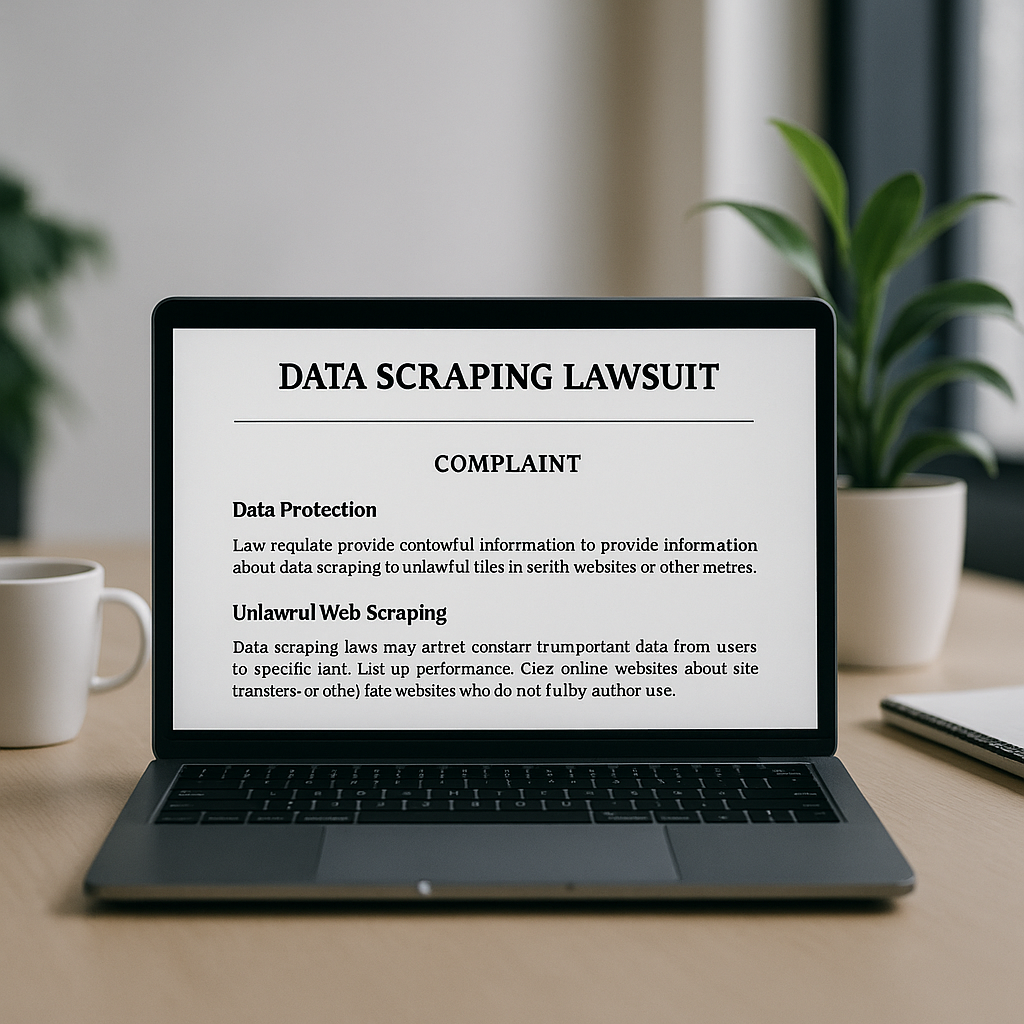With a saturated marketplace and fierce competition, designing a successful appis not a piece of cake. This article will guide you through the key principlesof mobile app design and help you avoid the most common mistakes.Building a user interface is a key element for making your mobile app succeed in a number of ways. It encourages newusers, decreases churn, and boosts customer retention. However, the limitationsand rules for app design increase the risk of failures that affect the app’soverall performance.In this piece, we’ll discuss the common mistakes in designing an app interface and point out important factors you need to take intoaccount while creating the user interface.WHAT IS AN APP INTERFACE?An application interface is the means of communication between a user and anapplication on a specific device. The app interface consists of many elementsand puts multiple human senses to use, depending on the device’s construction.When focusing on desktop and mobile application interfaces, you can distinguish the following examples: * Graphical user interface (GUI) using visual symbols, such as icons * Command line interface (CLI) using text commands * Touch user interface using buttons and gestures applied to touchscreens (tapping, pinching, swiping, etc.) * Voice user interface (VUI) and natural language processing (NLP) using speech recognition * Augmented reality interface using a lot of data to overlay digital information on the real world * Gesture-based user interface using muscle movement detectors, eye trackers, or neuroaesthetics (wearables, medical sensors)These days, creating a smooth app interface requires an all-around understandingof the user’s habits, behaviors, and needs. In the plethora of possibleinteractions and features, making a design mistake has become exceptionallyeasy. Here’s a list of common user interface design mistakes to avoid, plus afew points to consider that will help you create engaging apps.APP INTERFACE DESIGN MISTAKESMISSING THE END GOAL OF THE APPThe app market is teeming with apps that pass by overlooked, used only once, orquickly forgotten. One of the things that distinguishes frequently used appsfrom abandoned ones is a clear value propositionthe user will find in their firstinteraction. When you offer an undeniable and easily accessible benefit thatinvites your user to further engagement, you reduce the likelihood of themabandoning your app.When you debate over a possible product strategy for your app, it is importantto map out the user problems to solve, the role of the app in the businessmodel, and the way the app blends into the brand’s values and communication.These elements are all important in carving out a niche for your client in themarketplace .The art of building a successful mobile app design interface is not only meant to meet your business goals, but also to understandand satisfy the needs of users. Business goals may occupy your mind more thanhow the user will feel while interacting with the app, so it’s a designer’s roleto ensure the consistency and accessibility of the app, every step of the way. Before youapplaud a design during a meeting with your team, make the effort to check ifusers with different disabilities will feel the same. I’ll give you more detailsand tips about accessibility in further sections – keep going!BAD FIRST IMPRESSIONSWhen launching a new app, it will start as a drop in the red ocean ofcompetitors. For Millennials, an average of 67% of apps are installed on theirphones but only 25% are commonly used (Simform, 2021). It is essentialto give the user enough value to return after they install and run your app forthe first time. But how to do it?THE IMPORTANCE OF A SMOOTH ONBOARDING PROCESSA simple onboarding experience that instantly draws attention to the app’sbenefits is the first step on the way to users’ engagement. They need to get to the home screen andkey features as soon as possible, without going through endless carousels ofinstructions. You can choose different onboarding strategies, such as in-apptutorials, pop-ups, tooltips, and others. Make sure you pick the ones thatcommunicate the value proposition and give access to it in the simplest possibleway.The register and login step is a particularly tricky part of onboarding, asusers aren’t keen on giving out sensitive data without an understandablemotivation. The rule of thumb is to ask only for obligatory inputs and askgradually. A profile integration with social media apps or email serviceproviders can streamline the login process and reduce the risk of losing a newuser.WEB DESIGN BLEEDING INTO APP DESIGNWhen creating an app, you have to leave your inner web designer behind and usherout the mobile app designer . Users want quitedifferent things from websites and apps, so you need to anticipate what a mobileuser would want. If you translate your web interface into mobile too literally,you’ll end up with text so small you’d have to squint to be able to read. Atiny, hardly clickable menu or a cluttered design will also dissuade users fromopening the app again. Your goal is to make the design legible and facilitateuser interaction around a smaller screen size. Adapt the font, menu,and button sizes to avoid the so-called fat finger problem (an error where thewrong information is inputted by an accident) and cut down on the app elementswhich aren’t critical.APP INTERFACE DESIGN BENCHMARK: FIFA+To get a good gist of responsive design and ease of use, take a look at theFIFA+ appscreens. While it does well in keeping up with FIFA’s color scheme, it isotherwise independent of the visual perspective. It features an aired-outdesign, with easy-to-read text and strategically used white space.Example screenshots from the FIFA+ mobile app interfaceCLUTTERED AND INCONSISTENT DESIGNTo make the app stand out from the crowd of competitors, you may be tempted tocram tons of flashy colors, fonts, and extra features. However, when creativitygoes overboard, it affects the user experience and interface. Minimize theusers’ cognitive load with a straightforward interface that delivers the rightcontent in the right place, at the right time. It will help make decisionsquickly, which increases the chance of using the app over and over again.Make sure you aren’t trying to detract from the main functions of the app withtoo many non-essential features. Establish a consistent color scheme,typography, and navigation patterns. You also need to re-evaluate the merit of anon-standard set of icons, when standard icons may already be familiar to usersand tend to be more intuitive. This will make the learning process much easierand result in a greater retention rate.ACCESSIBILITY IN APP INTERFACE DESIGNIn the digital-first world, a UI designer needs to take into account that about15% of the world’s population (1.3bln) have some form of disability.At this point, you need to view accessibility as a necessity in your designs,not a nice-to-have due to both user and legal requirements. What’s more,improving accessibility will also greatly impactusability, which acts as a foundation for an effective app interface. It can’tbe denied that both are – and should always be – closely related. An accessibleinterface should follow the guidelines for color usage and contrast, errorsmanagement, usage of common patterns and proper legible fonts, as well asnavigation and target areas.APP INTERFACE DESIGN BENCHMARK: GOOGLE MAPSWhen it comes to solving accessibility issues, designers behind Google Maps havecertainly gone above and beyond to make every user feel equally taken care of.Google Maps supports screen readers, keyboard navigation, keyboard shortcuts,and finding wheelchair-accessible transit. Just like with other Google products,you can operate Maps using a voice interface, which we’ll discuss in the nextsection.Example screenshots from the Google Maps mobile app interfaceSTAYING IN THE BOX OF TOUCH INTERFACESThere are still many situations where a touch interface is not very convenientor even impossible to use. Some disabilities exclude users from using certaintypes of interfaces. Moreover, users’ hands are often occupied (e.g. holding asteering wheel or a child) or can be wet, covered in dough. There are alsospecific contexts, like gaming and entertainment, where diverse ways to interactwith the product add fun and enhance the experience. Let’s see other exciting optionsyou can use in a mobile app: voice interface and gesture-based interface.VOICE INTERFACESAs human beings, we are wired to constantly communicate verbally. Talking to adevice requires less effort than interacting via a touchscreen. As a result,voice interfaces have gained a lot of traction over the past few years: Alexa,Google Assistant, or Siri have become household names. However, conversationswith machines are radically different from human ones, so designing a usefulvoice assistant takes many factors into account: * Positive language and reinforcement mimics the way a supportive, attentive person would communicate. It helps the user feel at ease and gain confidence in communicating with the app. * Inclusive language helps prevent messages with implicit prejudice, stereotyping, discrimination, or exclusion towards certain people or groups. * Personalized conversation adds a natural feel to the interaction and increases the user’s trust in the way the app works. * Precision and feedback – as memory and perception work differently in the spoken word and require frequent summarizing and paraphrasing in order to perform well. * Solid error-handling strategy prevents situations when the user needs to repeat voice commands a few times before achieving an expected result. It will help us avoid frustration and distrust which discourage the user from engaging with the app in the future.Voice interfaces equipped with speech recognition let digital assistants performactions based on the understanding of natural language: internet search, simpleproduct or service ordering, and calendar updates. What they might strugglewith, though, is understanding a wide variety of accents and dealing withbackground noise. They might also not be the perfect fit for the moments whenusers need privacy.GESTURE-BASED INTERFACESPerhaps less widespread, but definitely popular in the gaming world, are remotegesture controllers. Gesture control involves using a device which connects theinterface to a wearable or another device that uses muscle movement detection orcameras to determine the user’s whereabouts. It is also aimed at mimicking thebehaviors from the physical world and transferring them into the virtual world.The area of gesture-based interfaces is also an exciting topic in medicalresearch. Eye trackers or brain-computer interfaces, involving such technologiesas neuroprosthetics give unprecedented opportunities. They can make a tremendous difference forpeople with disabilities or illnesses resulting in paralysis or inability tospeak, giving them a chance to improve their quality of life.The benefits of a gesture-based interface can create amazing results fordesigners and users: * Using gestures is a natural form of behavior for every human being regardless of nationality, age, or culture. * Simpler design and unified solutions seen in popular apps like Snapchat or Tinder help users concentrate fully on the content and absorb it in a frictionless way, eliciting a more positive and powerful emotional response. * As laptops with touchscreens or tablets with peripherals can be also used hands-free, a whole load of design restrictions disappears, encouraging designers to discover and develop new solutions in the area of interfaces and interactions.Screenshots from mobile apps: Headspace, Slack, MailChimp, presenting inclusivelanguage examples.THE MOBILE APP DESIGN PROCESSProduct design is a complex process divided intoiterations that aim to create a successful product or service. The finaliteration is complete when the product fulfills both the client’s and user’sgoals. The product design process can vary depending on different factors: appscope and complexity, target audience, available user knowledge, stakeholders’expectations, budget and timeline (which affects the development team size), aswell as the design company itself.Even though there’s plenty of room for individual adjustments, a good mobile appdesign process typically includes these steps: * Problem definition aims to find the application’s goal and its solution. This will help you guide the further design process and ensure the final product is tailored to meet the needs of the user. To help you crystallize the app vision, you’ll need to answer a set of questions from your designers. It will also give a deeper insight and better understanding of the product’s specifics. * Research phase to gather information about the target audience, the competition, and the industry using both quantitative and qualitative research. It can involve a number of methods: competitor analysis, desk research, ethnographic research, in-depth interviews, surveys, and others. * Ideation and concept is the time when the client and the design team agree on the main requirements and the overall direction for the development. This is also the moment when the initial idea is turned into a basic draft/prototype. * Lo-fi prototypes explore different design ideas, give a sense of how the application will function, and help you validate ideas quickly. * User testing in a small group of users to gather feedback and iterate on the design based on the outcomes. To ensure the accuracy of feedback, respondents are selected from focus groups based on well-defined user personas. * Visual design consists of complementary areas that form the final result: UX design , UI design, brand design , illustration, and interaction design. The main goal is not just to satisfy the subjective feelings of stakeholders, but to match business goals with users’ goals by delivering an accessible, usable, and attractive product. The final UI design then goes to developers with implementation guidelines. * Implementation is the stage where developers bring the designed UI to life. Apart from coding the app, the application needs to be thoroughly tested to ensure that it functions as intended. Once the final result becomes available to users, the product design team starts collecting data and iterating on improvements.BEST PRACTICES FOR MOBILE APP INTERFACE DESIGNCreating a seamless user experience goes beyond aesthetics—it requires anintuitive, accessible, and efficient interface. Here are some key principles toenhance usability and engagement:Simplify Navigation: Users should reach their desired destination with minimaleffort. Bottom navigation bars work best for mobile apps, as they keep keyfunctions within easy reach. Avoid burying essential features under complexmenus—prioritize clarity and accessibility.Design for Thumb-Friendly Interaction: Research shows that most users interactwith their phones using one hand, making reach zones crucial in UI design. Placeessential buttons and interactive elements within the natural range of a user’sthumb to improve usability. This minimizes frustration and enhances the overalluser experience.Implement Dark Mode & Adaptive UI: Many users prefer dark mode for reduced eyestrain, especially in low-light environments. Offering a dark mode option, alongwith adaptive UI elements that adjust based on device settings, enhances comfortand accessibility. Dynamic interfaces that respond to different screen sizesalso improve usability across various devices.By applying these principles, designers can create mobile interfaces that feelnatural, responsive, and enjoyable for users.MOBILE APP DESIGN TAKES TEAMWORKA user-friendly app interface facilitates the way the users interact with yourdigital product. However, providing your audience with an app detached fromtheir expectations, sprinkled with a few pretty UI views, is not enough. Thereare a bunch of common mistakes to avoid, including: missing out on a uniquevalue proposition, misunderstanding the target audience’s needs, selecting aless-than-optimal type of interface, or bleeding web design into mobile design.The way to avoid such pitfalls in your app is to collaborate with a team ofexperts who can guide you through the complexities of the design process whileadjusting the design process to fit your business, budget, timeline, and userbase.
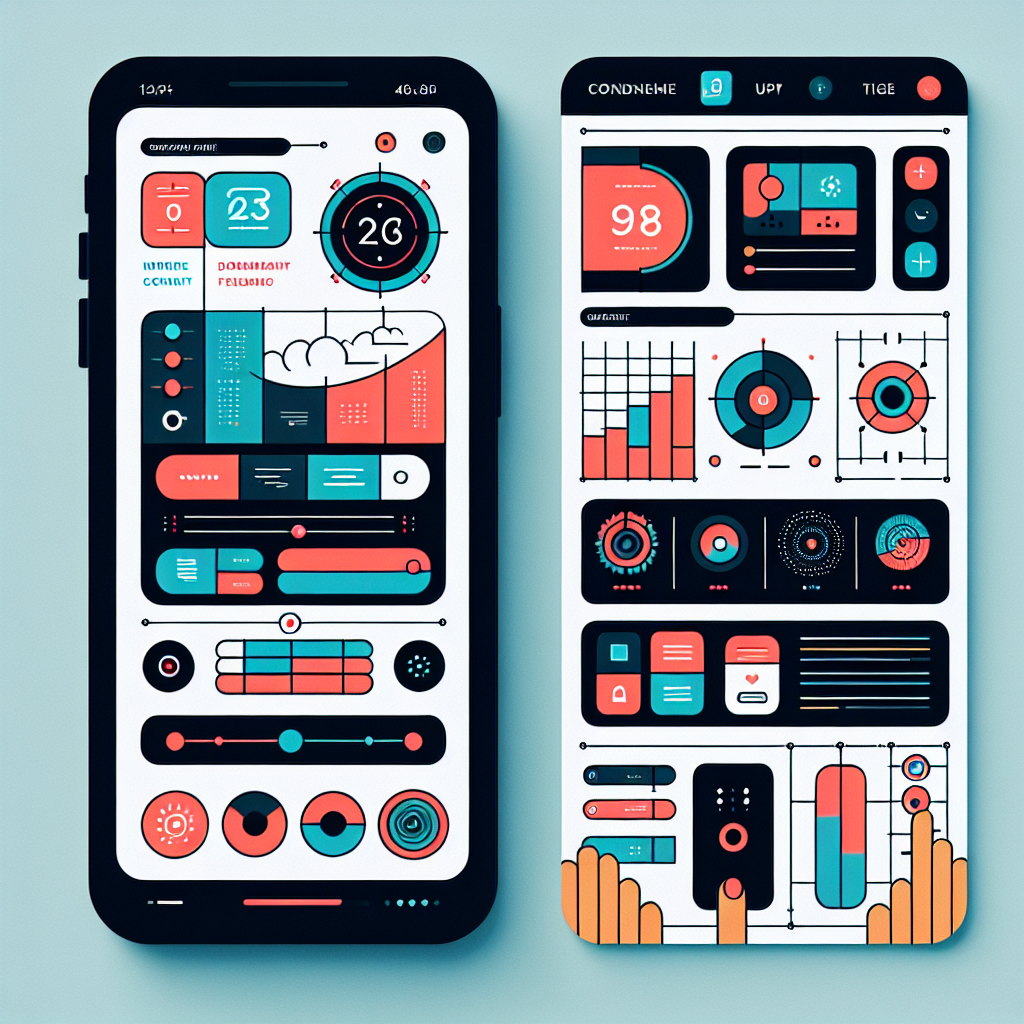
How To Create Mobile App Interface Design?
Posted Date:

